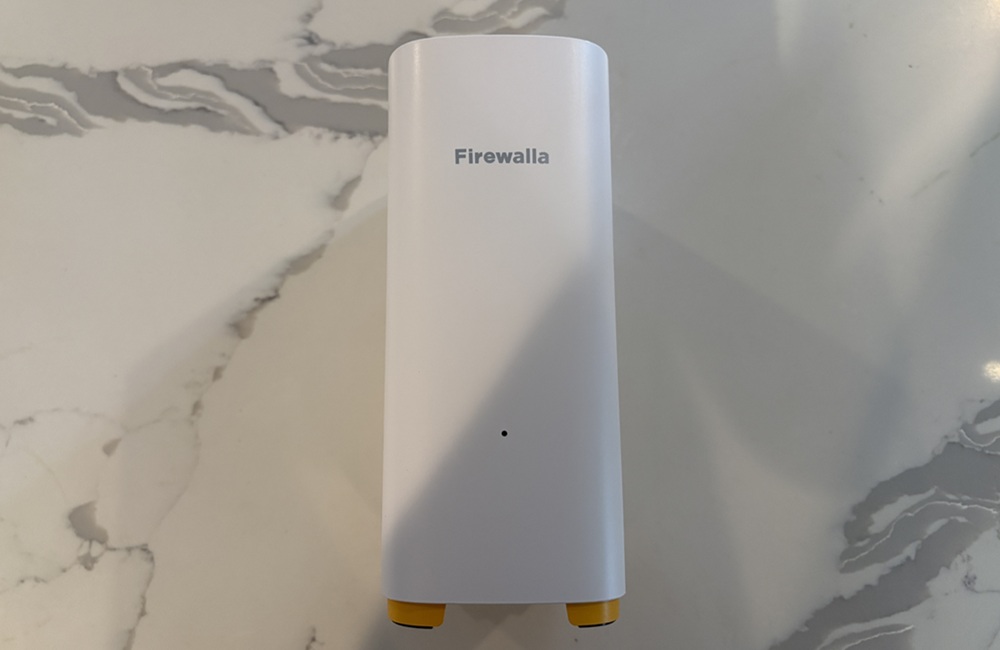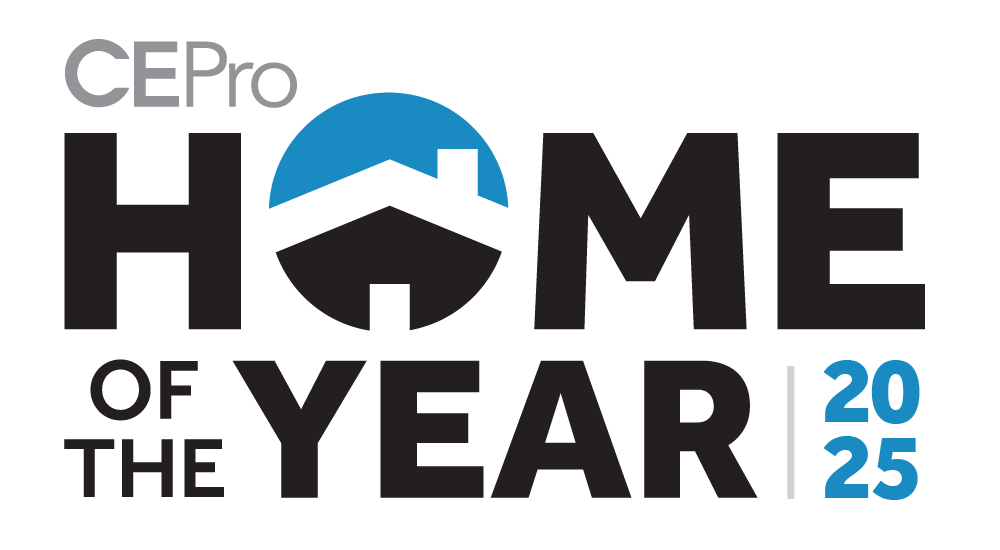Firewalla has earned a strong reputation for making home and small business networks more secure, and the Access Point 7 (AP7) builds on that with Wi-Fi 7 support and a serious push into Zero Trust networking. But this isn’t a general-purpose access point. It only works with Firewalla’s Gold or Purple devices running in router mode. That makes it a niche solution—but one worth considering if you’re already invested in the Firewalla ecosystem.
I’m not a networking expert, but I do care a lot about cybersecurity, especially in the smart home space. In the corporate world, security teams treat every connection with suspicion because they have to. And considering that many of the clients served in this industry are high-net-worth individuals, it makes sense to bring some of those enterprise security principles into the home.
We’re also seeing more large-scale cyberattacks—botnets, DDoS attacks, and all kinds of scanning and probing traffic—that can slow down or interfere with the systems integrators install. Firewalla helps address those concerns by giving users fine-grained control over what’s happening on their networks.
CE Pros and Cons
Pros
- Ideal for Firewalla Gold/Purple users looking to implement Zero Trust at home
- Excellent Wi-Fi 7 performance with detailed LAN monitoring
Cons
- Requires existing Firewalla device, not compatible with third-party systems. This means an entirely rebuilt network.
Firewalla AP7 Hardware Specs
The AP7 is well-equipped for modern networks. It’s a tri-band device with 2.4 GHz, 5 GHz, and 6 GHz radios, supporting up to 8 spatial streams and 320 MHz channels on the 6 GHz band. It has one 10 GbE and one 2.5 GbE RJ45 port, supports VLANs, and works with mesh setups using either Ethernet or Wi-Fi backhaul. The form factor is compact, and it draws about 30 watts of power.
Setup
The AP7 isn’t a router on its own, so you’ll need to be running one of Firewalla’s compatible routers. For me, that meant replacing my existing mesh Wi-Fi 6 setup. It had been doing a perfectly good job covering my 1,300-square-foot home, handling everything from laptops and smart TVs to speakers, switches, a robot vacuum and more.
Switching to the AP7 meant I had to give up mesh coverage and reconfigure a few things, but the speed improvement was noticeable thanks to Wi-Fi 7. Coverage was fine for my space, though someone with a larger home would likely need a second access point. Thankfully, Firewalla supports both Ethernet and wireless backhaul.
Performance
Zero Trust at Home
The biggest draw here is Firewalla’s commitment to Zero Trust Network Architecture. If you’re not familiar, the idea is simple: don’t automatically trust any device or user. Everything has to prove it belongs and is only given access to what it really needs.
Once I got everything set up, the Firewalla app immediately started feeding me alerts about device activity. At one point, I got a heads-up that my laptop was watching YouTube—because I had just watched a Firewalla tutorial on isolating smart devices. That kind of visibility is eye-opening, and it’s easy to see how this level of insight could benefit homes with lots of connected gear.
Smart TVs, thermostats, light switches, speakers, doorbells, cameras—these devices rarely need to talk to each other, let alone your laptop or file server. With the AP7 and Firewalla’s VqLAN feature, I created separate VLANs for different categories of devices. My smart TVs and speakers went in one group, while my thermostat and lighting controls went into another. Now, they’re isolated and can’t poke around the rest of my network.
Personal Keys and Network Hygiene
One of the most useful features is the ability to assign personal keys (PPSK) to each group or user. That means everyone connects to the same SSID, but Firewalla knows who’s who based on their credentials. Even if a device randomizes its MAC address, it still lands in the right VLAN. This has made it incredibly easy to keep new or reset devices in check without resorting to clunky MAC filtering.
My network feels a lot more organized now. Everything has its place, and I have visibility into local traffic, not just what’s coming in or going out of the network.
A Few Caveats
The AP7 only ships to customers in the U.S. (European markets coming at the end of July) and won’t work unless you’re using a Firewalla Gold or Purple device in router mode. You also need to use the Firewalla app for setup and management. That may rule it out for some users, but it also ensures a very tight integration across the platform.
Final Thoughts on the Firewalla AP7
For integrators serving security-conscious homeowners—especially those already using Firewalla—the AP7 is a strong upgrade path. It brings advanced concepts like Zero Trust, microsegmentation, and local monitoring into the home in a way that’s accessible without being watered down.
This isn’t the right access point for everyone, but if your clients care about visibility, control, and protection from the kinds of threats we’re seeing more of in residential networks, Firewalla AP7 is worth a serious look.







